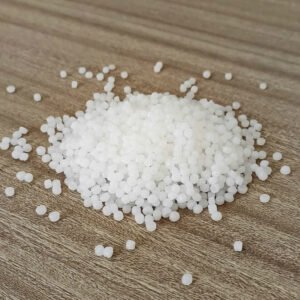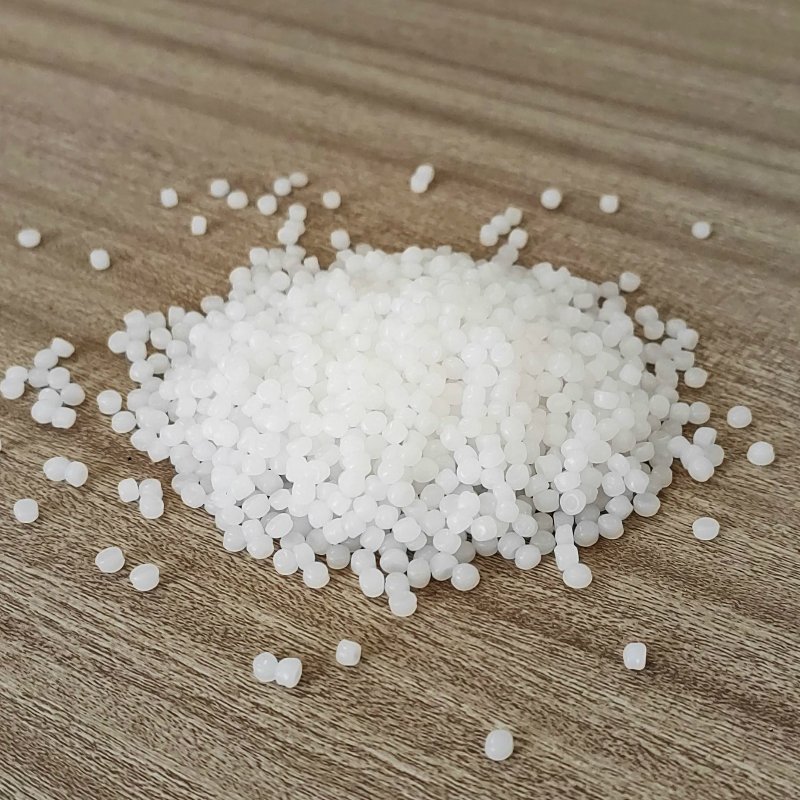PRODUCTS


PPH RP348N
Product Struction
Polypropylene (PP), also known as polypropene, is a long-chain polymer formed by the polymerization of propylene monomers. It is a thermoplastic polymer with good resistance to most solvents, acids, and bases, low water absorption, as well as good fatigue resistance and impact resistance. PP has a relatively low density, with a specific gravity of only 0.90-0.91 g/cm³, making it lightweight and easily moldable. It also possesses good electrical insulation properties and transparency, along with excellent weatherability and durability. PP is widely used in various fields such as household goods, food packaging, medical devices, automotive parts, electronic equipment, building materials, and more.
Polypropylene is similar to polyethylene in many ways, particularly in terms of solution behavior and electrical properties. The presence of a methyl group enhances its mechanical properties and heat resistance, although chemical resistance is somewhat reduced. The performance of polypropylene depends on factors such as molecular weight and molecular weight distribution, crystallinity, the type and proportion of comonomers (if used), and tacticity. For example, in isotactic polypropylene, the methyl groups are oriented on one side of the carbon backbone. This arrangement results in a higher degree of crystallinity and leads to a harder material that is more resistant to creep than atactic polypropylene and polyethylene.







